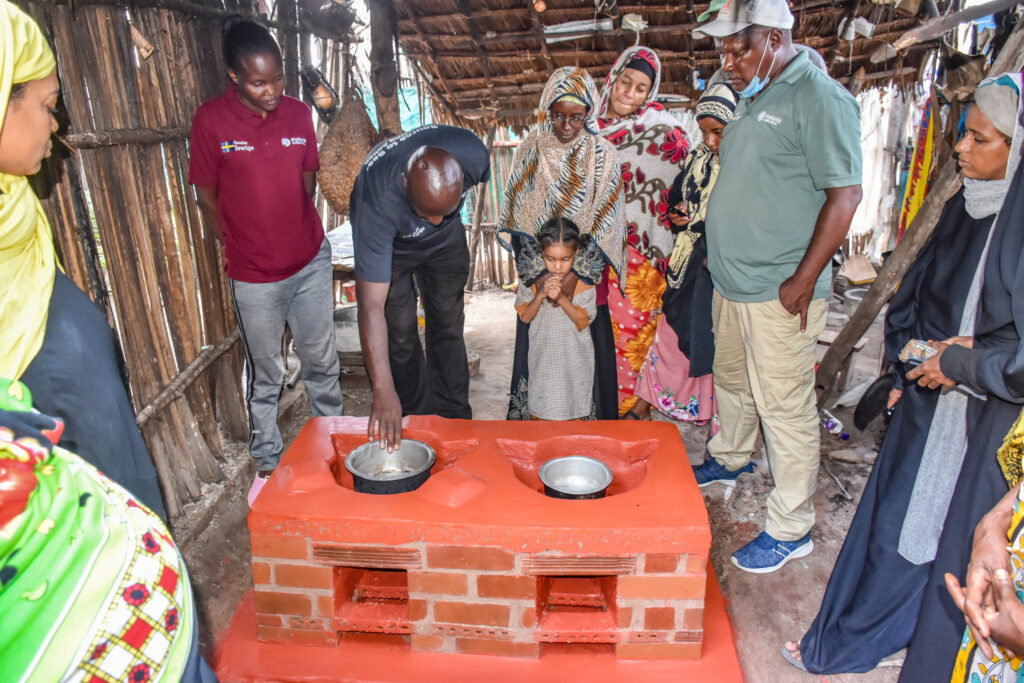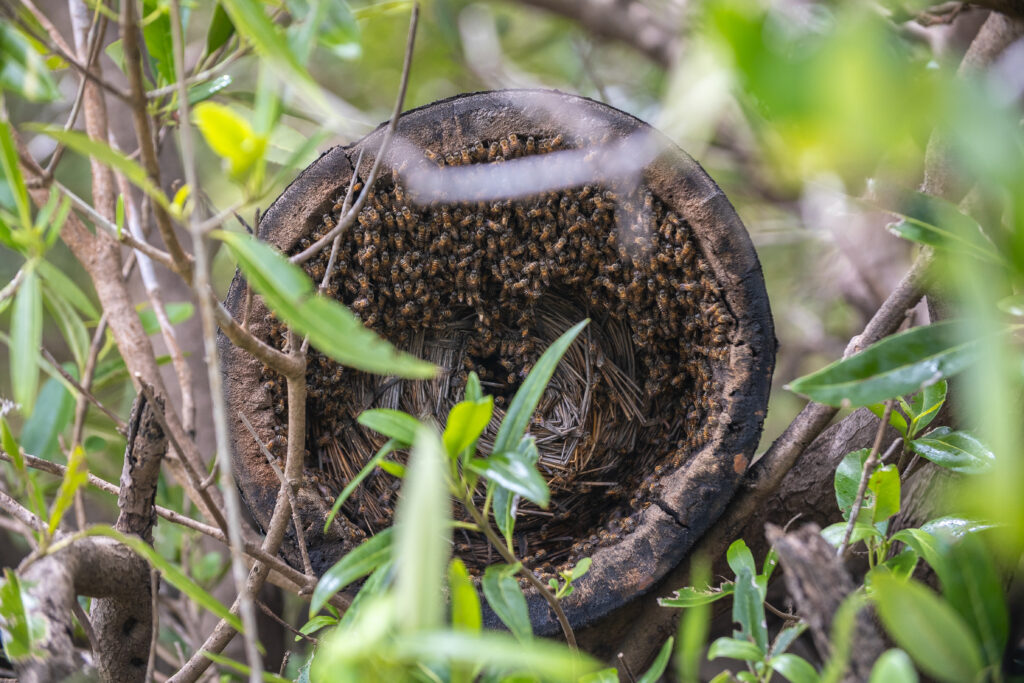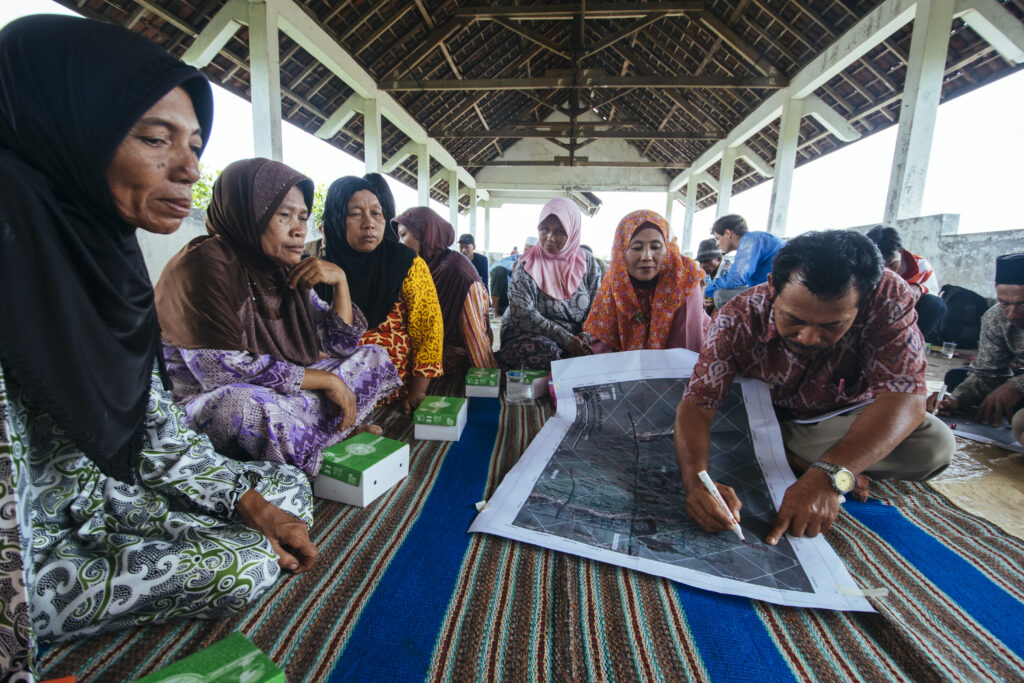
How communities can truly engage in Ecological Mangrove Restoration
-
Coastal resilience
-
Coasts & Deltas
For many, community involvement in mangrove restoration conjures images of nurseries and planting rows of young mangroves. But as we learn more about what really helps mangroves thrive, it’s becoming clear that community engagement goes far beyond planting. The shift toward Community-based Ecological Mangrove Restoration (CBEMR) empowers communities to take part in the entire restoration journey, moving from passive planters to active stewards of resilient ecosystems.
Mass planting alone often fails, with seedlings struggling to survive in places where mangroves weren’t meant to grow. Instead, CBEMR is about restoring the very conditions mangroves need to flourish. At its core, CBEMR is about collaboration.
Community members, many of whom rely on mangrove ecosystems for their livelihoods, are crucial in helping these forests thrive. By taking part in every phase—from planning to design, implementation, and long-term monitoring—communities learn how to bring back mangroves naturally. Their roles shift to constructing permeable structures, breaking pond walls to restore natural water flows, and watching the shoreline come back to life as mangrove seeds carried by the tides take root on their own. They’re trained to monitor changes in water flow, biodiversity, and vegetation, ensuring the ecosystem remains healthy long after the project’s end.

Beyond ecosystem restoration, community engagement in EMR offers socio-economic benefits that help ensure the forest’s future. New livelihood opportunities emerge, like sustainable aquaculture, beekeeping, and mangrove-friendly eco-tourism, providing incomes that reduce the need to exploit mangroves. With the support of Wetlands International’s Bio-rights model, local people receive financial and technical assistance to develop alternative livelihoods in exchange for their commitment to restoration and conservation. Even simple changes, like introducing energy-efficient stoves and woodlots, help reduce pressure on mangrove resources.


Through Village Savings and Loan Associations you can provide a source of finance for local entrepreneurs to create opportunities by funding business ideas, without having to depend on banks or microfinance institutions for access to credit. Check out the story of Laura Sania who participated in one of the 45 Savings and Loan groups Wetlands International initiated in Guinea Bissau.
Creating a lasting mangrove ecosystem also requires supportive policies and partnerships. By engaging in local dialogues and working with governments to establish land rights and supportive policies, communities help secure these ecosystems for generations to come.
In a world that’s moving away from one-size-fits-all planting solutions, CBEMR offers a path where communities don’t just “reforest” but bring their coastal habitats back to life. It’s a transformative shift that empowers people to restore not only the trees but the ecosystem they call home—making mangrove restoration a community-led, sustainable success.


